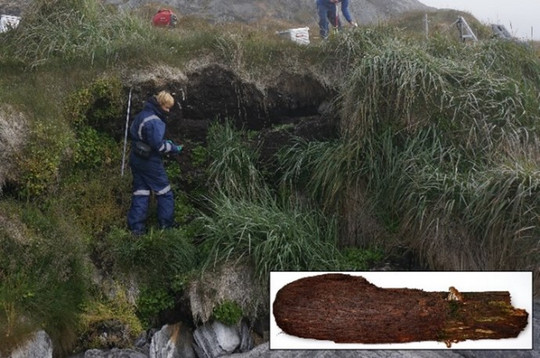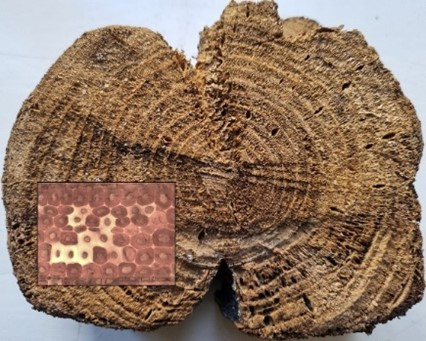
After-work event: beer and research
Royal Danish Academy - Conservation
Esplanaden 34
The big auditorium - the mezzanine
1263 Copenhagen K
Denmark
The Royal Danish Academy – Institute of Conservation is once again hosting a series of lectures, during which the institute’s researchers will present their latest research across a broad range of topics within conservation and preservation.
Program
Kl. 16.05 - 16.35 Nanna Bjerregaard Pedersen, Associate Professor, PhD, Royal Danish Academy – Institute of Conservation
Archeological Wood Degradation - and Implications for the Conservation
Wooden artefacts from archaeological sites are an important archive of information from past cultures in relation to for example use, technology, resource analyses, dating, and climate reconstructions.
Most wooden artefacts have long gone due to fire or degradation by fungi, insects or marine borers. However, in few extreme burial environments wood can be very well preserved even for millennia - but at the same time heavily decayed. Which can pose challenge in the conservation.
This talk will throw light on the difference between bacterial degradation - the most common wood degrader in archaeological wood of waterlogged wood in Danmark, and fungal degradation of archaeological wood in Greenland.


Kl. 16.45 – 17.15 James Harvie, PhD-student, Royal Danish Academy - Institute of Conservation
The Impact of Waterlogged wood Heterogenity and Treatment Methods on Conservation Outcomes
Wood is an extremely heterogenous material. Throughout its long history of use, humans have selected different species of wood for widely different purposes based on their variations in physical properties. For example, oak was, and still is, commonly used as a building material, thanks to its durability and natural resistance to insects and rot, whereas the best bows were made from yew due to the combination of favourable qualities found in the sapwood and heartwood.
This natural variability in wood is further compounded upon in the waterlogged environment, which is one of the few environments in which archaeological wood can survive. Numerous different types of biological degraders can act upon and fundamentally change the structure of wooden objects during deposition. Further compounding upon the already heterogenous natureof wood.
This talk will cover research currently being performed investigating some of the ways in which the heterogeneity of waterlogged archaeological wood and different conservation methods can impact a variety of conservation outcomes, ranging from the occurrence of adverse structural changes, the location of conservation agents in the wood structure, and the manners in which treated wood artefacts interact with their local climate.
17.15 - 17.25 Questions
17.25 - 17.30 Round off
17.30 - 18.00 Refreshments
The event concludes with refreshments and offers the opportunity to discuss with both the presenters and participants.











